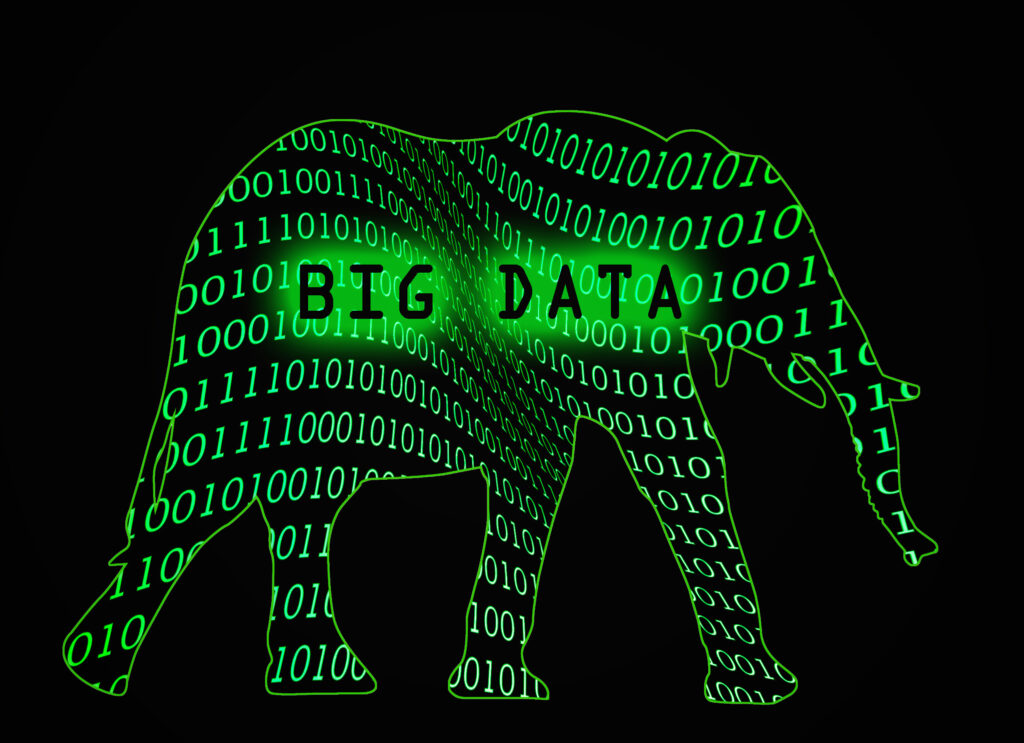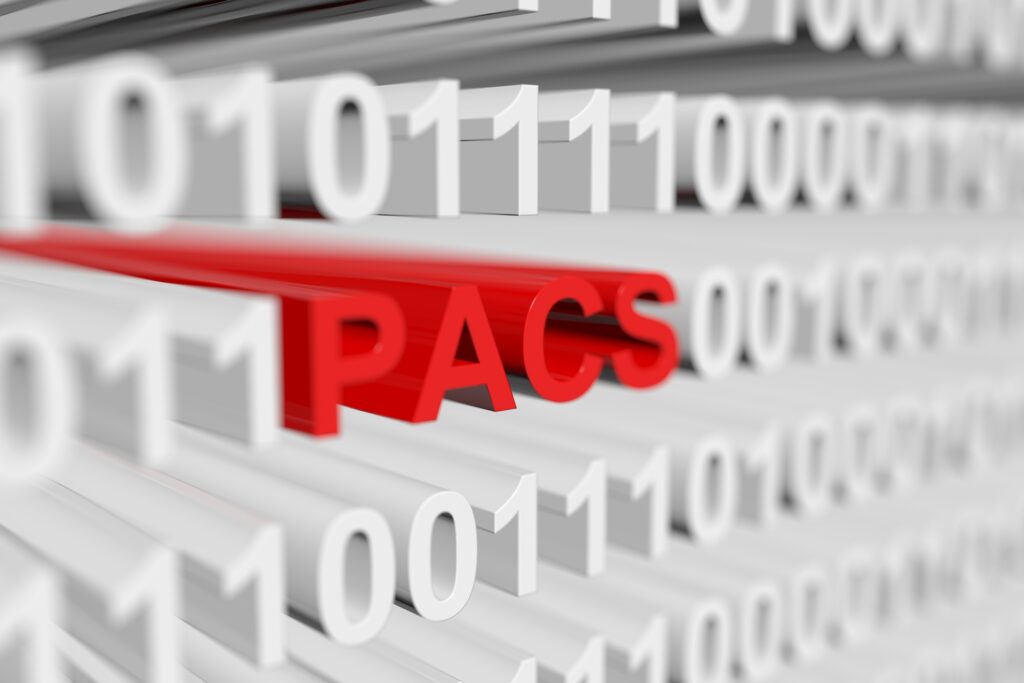The healthcare sector is transforming through the Internet of Medical Things, the convergence of technology, digitalisation, Big Data artificial intelligence, and 3-D modelling.
Healthcare Technological Revolution
In the past decade, new trends in diagnostic radiology, such as artificial intelligence, machine learning, virtual reality, wearable medical devices, and 3-D modelling, have revolutionised the healthcare sector. Today, these technological platforms will have a more significant impact on patient management.
Future healthcare innovations to medical devices will be more modular and flexible to improve the patient experience. For example, 3-D printing and virtual simulations create new opportunities to improve quality and safety, especially optimising. However, 3-D printing can also offer faster prototypes and the creation of personalised prosthetics. Furthermore, 3-D printing adjusts tablet porosity to produce personalised medicines at the point of care.
The COVID-19 pandemic has accelerated virtual healthcare technology due to consumers and providers finding ways to deliver aspects of healthcare. These digital interface systems allow patients to connect remotely with healthcare professionals using video conferencing or mobile apps. Therefore, future general practices will decline due to the expansion and production of innovative medical devices.
Exploring Structured, Unstructured, and Semi-Structured Data
Structured Data: This refers to ordered data already stored in traditional matrix databases and accounts for about 20% of the total data. It is useful in programming and computer-related applications.
Unstructured Data: This type of data has no clear format in storage and accounts for about 80% of the unstructured data. This data is more assessable and is just stored and analysed manually.
Semi-Structured Data: The type of unstructured and semi-structured data is sometimes not apparent to the user because most semi-structured data appear unstructured when first encountered. For example, NoSQL documents are considered semi-structured because they contain keywords used to process the document.
Difference between Structured, Semi-structured and Unstructured data
Internet of Medical Things
The healthcare sector is transforming through the convergence of technology, digitalisation, and 3-D modelling. These changes have created technological development through innovation and market expansion through the robotic revolution. Robotic process automation can carry out basic and repetitive tasks in the healthcare setting while allowing healthcare professionals to concentrate more on high-value projects.
Big Data is creating a digital revolution that needs more analytics, equating to 2.5 quintillion bytes of data every day. Big Data is becoming part of the everyday industry today, which is the driving force behind the worldwide success of organisations.
The Internet of Medical Things (IoMT) refers to the network that connects intelligent medical devices via the Internet.
The next healthcare interaction will involve a medical device, such as a blood pressure monitor, a continuous glucose monitor, or a medical scanner. Today, over 500,000 medical technologies are available. These medical devices provide internet-connected services that can improve efficiencies and improve patient treatment plans. Furthermore, increased computer power and wireless capabilities will force healthcare organisations towards more IoMTs.
IoMT devices will be able to accumulate, analyse, and transmit healthcare data, especially for clinicians to evaluate the patient’s chronic illnesses and evolve the future of care.
Big Data, Artificial Intelligence and Algorithms all play a role in medical diagnostics towards personalised medicine. Big Data brings a vast amount of data generated from several sources. Also, Big Data needs to be automated and stored in the correct category to find correlations, hidden patterns, and other valuable insights. The categorisation of mixed heterogeneous data is known as data classification based on predefined features.
However, in the last decade, the healthcare sector has expanded and generated enormous amounts of volume, velocity, variety, and veracity data. All these Big Data practices in healthcare can increase the business value and improve healthcare services.
Big Data is highly complex datasets characterised by the ‘V’ attributes
Big Data four Vs – Volume, Velocity, Variety and Veracity
Big Data Analytics
Big Data analytics manage and analyse massive data volumes. Another way to characterise Big Data more effectively is to apply the HACE (Huge, Autonomous, Complex, Evolving) approach.
Big Data artificial intelligence utilises large and heterogeneous data volumes. This approach includes independent sources to enable distribution and reorganised controls to explore complex and evolving relationships with the data.
Big Data incorporates parametric and non-parametric measures, such as diagnosis, demographics, treatment, and disease prevention. By applying incongruent sampling, all these attributes stem from various sources.
This approach produces structured data focusing on genotype, proteomic or clinical scores compared to unstructured data, including clinical notes, medical imaging, prescriptions, lifestyle, environmental and health economics data.
Healthcare professionals should strive toward harnessing Big Data in imaging, which can lead to advanced clinical support, personalised diagnostic and prognostic tools, and the ability to optimise individual patient outcomes in previously impossible ways.
Big Data analytics implies evaluating large datasets, identifying clusters, and determining the correlation between datasets, leading to the development of predictive models using data mining techniques.
Revolutionising Radiology: A Journey Through the Evolution and Expansion of Diagnostic Imaging
The diagnostic imaging sector has undergone significant growth both in terms of technological development and market expansion. This growth leads to the increased production of a vast amount of data that puts diagnostic imaging in Big Data storage in the context of healthcare. Consequently, it is necessary to build digital platforms and medical devices that facilitate diagnostic images using Big Data.
Big Data users need new advancing procedures incorporating cloud computing, teleradiology from a site far from the acquisition scanner or finalised second-look activities to check the quality and advice for specialist reports.
All these technological procedures require transmitting thousands of images to other locations. Moreover, it must facilitate download/upload velocity, data integrity and security at the terminals. Also, data handling must comply with privacy laws.
Furthermore, applying various algorithmic tools and converting raw data to large datasets will enable a better understanding of the radiological data to gain new knowledge and insights into a medical problem.
Disclaimer
The content provided in “Insights of Big Data and Artificial Intelligence” by Open Medscience is intended for informational and educational purposes only. It does not constitute professional medical advice, diagnosis, or treatment. The opinions expressed are those of the authors and do not necessarily reflect the views of Open Medscience or its affiliates.
While every effort has been made to ensure the accuracy and reliability of the information presented, Open Medscience makes no representations or warranties regarding the completeness, accuracy, or applicability of any information provided. Readers are advised to consult qualified healthcare professionals or relevant experts before making decisions based on the content.
The article may reference emerging technologies, data analytics practices, and artificial intelligence applications that are under development or subject to regulatory changes. As such, some aspects discussed may evolve or change over time.
Open Medscience does not accept responsibility for any loss, injury, or damage arising from the use of the information contained in this publication.
You are here: home » diagnostic medical imaging blog »



